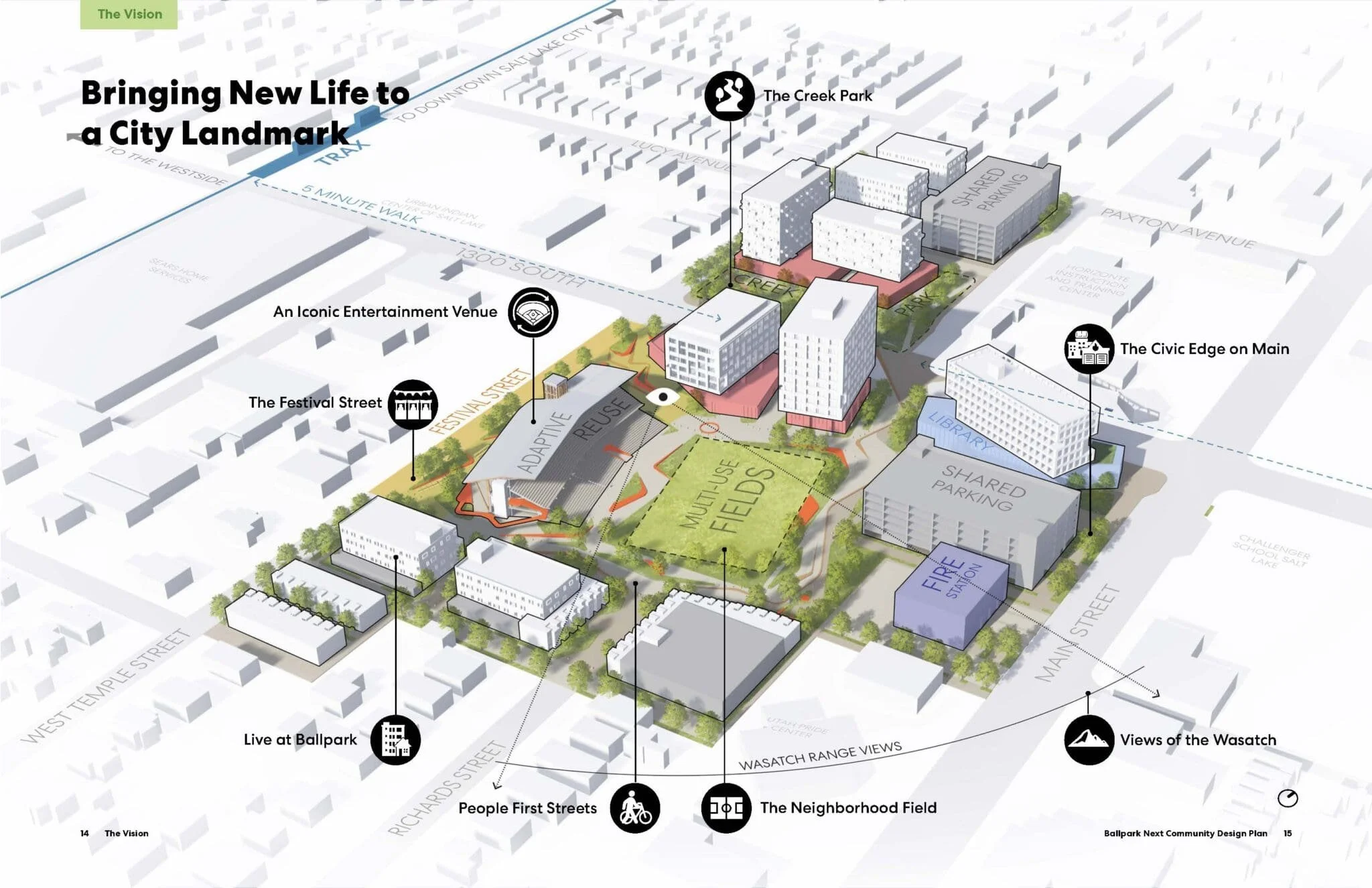Flood Canal in Salt Lake City is Converted Back to a Street
Authored by The New York Times Archives
Source: New York Times
This article recounts when City Creek flooded in 1983. Dump trucks and pedestrian traffic were halted to accomodate the river flowing down the center of Salt Lake City down State Street.
Salt Lake City's Venetian ambiance, created two weeks ago when flood waters were diverted into a major street in the central business district, yielded to front-end loaders and dump trucks today.
Before dawn, crews dynamited debris from clogged underground drainage conduits west of the canal, known as the State Street Aqueduct. Then sandbags at the river's headwaters half a mile north of the city were removed, allowing water to flow unimpeded through storm drains.
Water from canals created in two smaller streets to the west and south was also diverted underground today. The drying-out process took several hours, with crews assigned to a round-the-clock cleanup in preparation for the opening of the street Monday.
“The worst is behind us now,” Mayor Ted Wilson said. “We knew best what the city needed, and we did it.” On May 29 crews placed 860,000 sandbags along a 13-block stretch of State Street, as well as on the two smaller streets, to contain surging runoff from City Creek.
According to the city, the experiment prevented an estimated $80 million in damage. The aqueduct cost an average of $150,000 a day to maintain.
The 30-foot-wide aqueduct, whose water was up to two feet deep at times, stalled traffic and hurt business. Complaints were few, however.
“I'm just thankful they built the river,” said Jeanie Klc, who for 35 years has operated Jeanie's Smoke Shop, a State Street tobacco and magazine store that caters to commuters. “I just spent $200,000 remodeling this building, increasing my inventory, and I would have lost a lot in a flood.”
Mrs. Klc said foot traffic increased as the river developed into an integral part of lunch-hour sightseeing, but her volume suffered. “The sightseers weren't big spenders,” she said.
The city's 860,000 sandbags will be shipped into outlying residential areas of Salt Lake County, where runoff from the eastern Wasatch Mountains' snowpack has yet to peak.
The small footbridges built at downtown intersections for pedestrians were dismantled for re-use in the county. Two dirt overpasses, built to accommodate freeway commuters, were removed late Friday night.
Flooding in the county now covers several square miles. Flood crews are working 24 hours a day to contain it.




